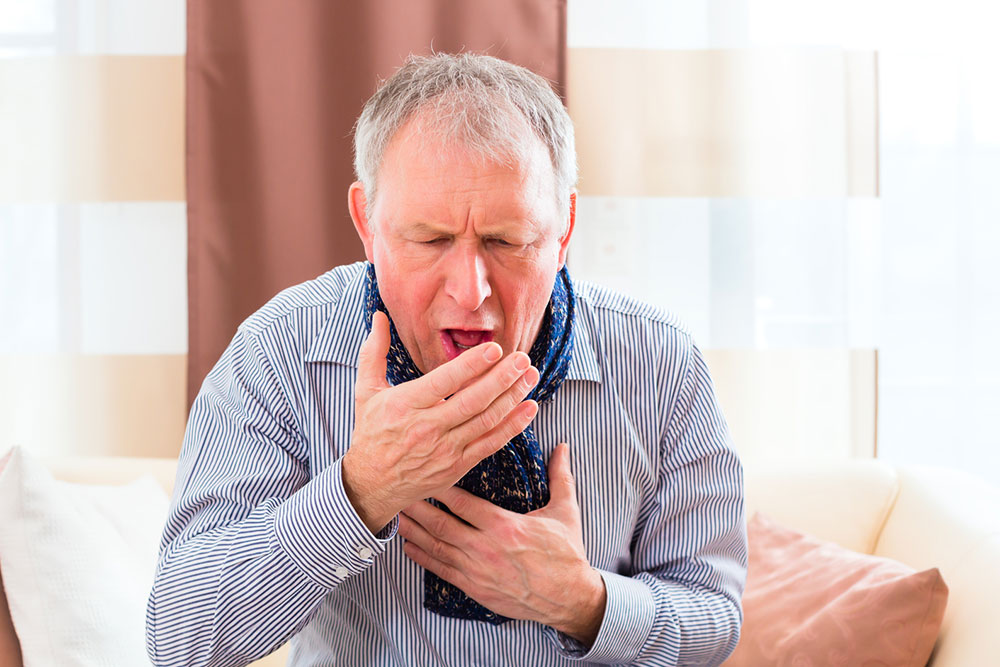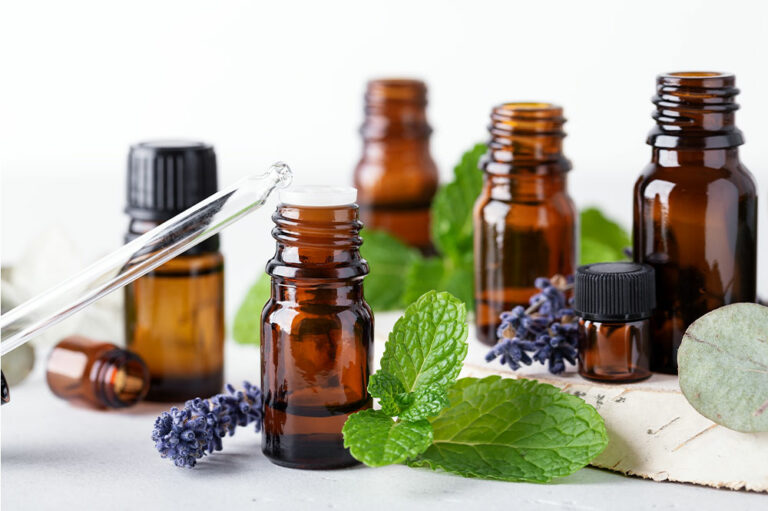
13 common signs of MAC lung disease
Mycobacterium Avium Complex (MAC) lung disease is a rare but serious respiratory condition caused by a group of bacteria of the same name. MAC lung disease occurs when these bacteria invade the lungs, leading to respiratory problems. Recognizing the signs of MAC lung disease is crucial for early diagnosis and management. This article delves into the various indicators of MAC lung disease and explores remedies to alleviate its symptoms and support lung health.
Signs of MAC lung disease
Here are a few common signs to know about:
1. Persistent cough
A persistent cough is often one of the earliest signs of MAC lung disease. The cough may start out mild but can gradually worsen over time. It may produce mucus or phlegm and persist for several weeks or months.
2. Fatigue
Unexplained fatigue and weakness can be indicative of MAC lung disease. Individuals may experience a persistent lack of energy, making everyday activities more challenging.
3. Shortness of breath
Shortness of breath, also known as dyspnea, can occur as the disease progresses. It may initially be mild but can become more pronounced, making it difficult to engage in physical activities or even perform routine tasks.
4. Chest pain
Chest discomfort or pain may occur in individuals with MAC lung disease. This pain can vary in intensity and may be exacerbated by coughing or deep breathing.
5. Fever and chills
Fever and chills can be intermittent or persistent symptoms of MAC lung disease. An unexplained fever, often accompanied by night sweats, should be a cause for concern.
6. Clubbing of fingers
Clubbing is when the fingers and sometimes the toes become enlarged and rounded at the tips. It can be associated with advanced stages of MAC lung disease and indicates reduced oxygen levels in the blood.
7. General malaise
A sense of overall discomfort and unease, or malaise, can accompany MAC lung disease. This feeling may include body aches, headaches, and a general sense of unwellness.
8. Chronic respiratory infections
Frequent respiratory infections, such as bronchitis or pneumonia, that seem to recur more often than usual can indicate an underlying issue like MAC lung disease. These infections may be challenging to treat effectively.
9. Wheezing
Wheezing, characterized by a high-pitched whistling sound when breathing, can occur in individuals with MAC lung disease. It is often associated with airway constriction and inflammation.
10. Hemoptysis
Hemoptysis refers to coughing up blood or blood-tinged sputum. It can be a concerning symptom of MAC lung disease and should prompt immediate medical attention.
11. Swollen lymph nodes
Enlarged or swollen lymph nodes in the neck or elsewhere can sometimes be associated with MAC lung disease. These swollen lymph nodes may indicate an underlying infection or inflammation.
12. Gastrointestinal symptoms
In some cases, MAC lung disease can cause gastrointestinal symptoms such as abdominal pain, diarrhea, or nausea. These symptoms may occur due to the spread of the bacteria beyond the lungs.
13. Joint pain
Joint pain and discomfort, similar to arthritis-like symptoms, can occasionally be experienced by individuals with MAC lung disease. These symptoms may result from the body’s inflammatory response to the infection.
It’s essential to recognize that the signs and symptoms of MAC lung disease can vary from person to person. Not everyone will experience all of these indicators, and the severity of symptoms can differ widely.
Treatment options for MAC lung disease
Medical treatment is typically necessary to effectively manage MAC lung disease. Healthcare professionals will tailor treatment plans to individual needs, primary components of which may include the following:
1. Regular monitoring
Patients with MAC lung disease require regular follow-up appointments with their healthcare provider to monitor their treatment progress. This monitoring involves assessing symptoms, lung function, and the potential need for adjustments in treatment methods.
2. Chest physiotherapy
Chest physiotherapy, also known as chest percussion or postural drainage, may be recommended to help clear mucus and improve lung function. A respiratory therapist can demonstrate and guide patients to perform these techniques correctly.
3. Surgery
Surgical intervention may be considered in severe cases of MAC lung disease with significant lung damage. Lung resection or transplantation might be an option to improve lung function and quality of life.
Natural remedies
While medical intervention is crucial for the treatment of MAC lung disease, some natural remedies and lifestyle changes can complement conventional therapies and improve overall lung health. These remedies focus on strengthening the immune system, reducing inflammation, and enhancing respiratory function.
1. Doing breathing exercises
Deep breathing exercises can help improve lung capacity and alleviate the shortness of breath associated with MAC lung disease. Techniques like diaphragmatic breathing and pursed-lip breathing can be particularly beneficial.
2. Inhaling steam
Steam inhalation with essential oils, such as eucalyptus or tea tree oil, can help soothe the respiratory passages and reduce congestion. Be cautious not to use boiling water to avoid burns.
3. Eating healthy
A nutrient-rich meal plan can support the immune system and overall health. Incorporate foods rich in antioxidants, vitamins, and minerals, such as fruits, vegetables, and lean proteins, to boost the body’s natural defense mechanisms.
4. Staying hydrated
Proper hydration is essential for maintaining healthy mucus production and preventing dehydration, which can exacerbate MAC lung disease symptoms. Aim to drink an adequate amount of water daily.
5. Doing salt therapy
Salt therapy, also known as halotherapy, involves inhaling microscopic salt particles in a controlled environment. It is believed to have anti-inflammatory and antimicrobial properties that can benefit respiratory health.
6. Enrolling in pulmonary rehabilitation programs
Pulmonary rehabilitation programs offer exercises and education to improve lung function and well-being. They are often tailored to individual needs and can benefit individuals with MAC lung disease.
7. Reducing stress
Chronic stress can weaken the immune system. Stress-reduction techniques such as meditation, yoga, or mindfulness can help support overall health.
8. Getting adequate rest
Getting sufficient rest is essential for the body to heal and recover. Aim for quality sleep to promote overall well-being and immune system function.
While conventional medical care remains the cornerstone of managing this condition, natural remedies and lifestyle changes can provide additional support and enhance overall lung health. Individuals experiencing symptoms suggestive of MAC lung disease should consult a healthcare professional for a proper diagnosis and guidance on the most suitable treatment plan.







